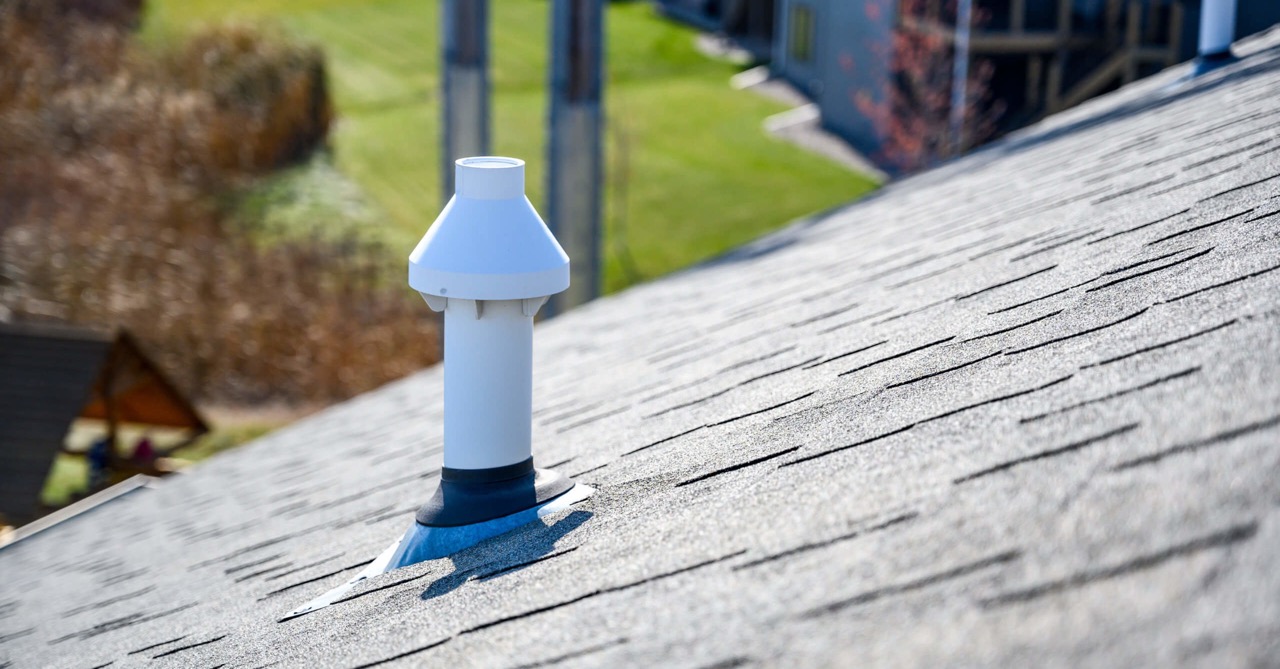

Articles
How Does Plumbing Venting Work
Modified: March 2, 2024
Discover how plumbing venting works in this informative article. Learn the importance of venting systems and how they ensure proper drainage and prevent airlock issues.
(Many of the links in this article redirect to a specific reviewed product. Your purchase of these products through affiliate links helps to generate commission for Storables.com, at no extra cost. Learn more)
Introduction
When it comes to plumbing systems, there is much more to it than just pipes and drains. One crucial aspect that often goes unnoticed is plumbing venting. Plumbing venting plays a vital role in the functionality and efficiency of any plumbing system.
In this article, we will explore the importance of plumbing venting, understand how it works, and discuss the different types of plumbing venting systems. We will also look at some common issues that can arise with plumbing venting and the benefits of ensuring proper venting in your plumbing system.
Whether you are a homeowner, a plumber, or simply have an interest in plumbing systems, this article will provide valuable insights into the fascinating world of plumbing venting and its significance in maintaining a properly functioning plumbing system.
Key Takeaways:
- Proper plumbing venting is essential for preventing sewer gas buildup, equalizing pressure, and ensuring efficient drainage, contributing to a safe, hygienic, and functional plumbing system.
- Common issues with plumbing venting, such as clogged vent pipes and improper installation, can disrupt the system’s effectiveness, emphasizing the importance of regular inspection and maintenance for optimal functionality.
Read more: How Does Toilet Plumbing Work
Importance of Plumbing Venting
Plumbing venting plays a crucial role in any plumbing system, yet many people are unaware of its significance. Proper venting is essential for the proper functioning and longevity of the plumbing system in your home or building.
One of the primary purposes of plumbing venting is to prevent traps from being emptied. Traps are the U-shaped bends in the pipes that retain a small amount of water, creating a seal that prevents sewer gases from entering the living areas of your property. Without proper venting, these traps can be siphoned and emptied, allowing sewer gases to escape into your home, leading to foul odors and potential health hazards.
In addition to preventing sewer gas buildup, plumbing venting helps to equalize pressure within the system. As water flows through the pipes, it can create pressure imbalances. The plumbing vents provide an escape route for the air, allowing the system to maintain proper pressure levels. Without venting, the pressure imbalances can lead to issues such as slow drainage, gurgling pipes, and even pipe bursts.
Furthermore, plumbing venting facilitates the smooth flow of wastewater. As water drains from sinks, showers, toilets, and other fixtures, it creates a flow that can be impeded by air resistance. The vent pipes act as channels for the air to enter the system, reducing the resistance and enabling the wastewater to flow freely. This prevents backups, clogs, and inefficient draining, ensuring a properly functioning plumbing system.
Another important aspect of plumbing venting is its role in preventing negative pressure. Negative pressure can occur when water is rapidly drained from a fixture, causing a suction effect. Without proper venting, this negative pressure can result in siphoning of water from nearby traps, leading to inadequate trap seals and potential contamination of the water supply.
Overall, the importance of plumbing venting cannot be overstated. It not only prevents sewer odors, equalizes pressure, and facilitates the smooth flow of wastewater but also helps to maintain the overall integrity and efficiency of the plumbing system. Proper venting ensures that your plumbing system functions effectively, reducing the risk of costly repairs and providing a hygienic and comfortable living environment.
Purpose of Plumbing Venting
The purpose of plumbing venting is to ensure the proper operation and maintenance of a plumbing system. It serves several important functions that contribute to the overall functionality and efficiency of the system.
One of the primary purposes of plumbing venting is to prevent sewer gases from entering the living spaces within a property. By creating a pathway for these gases to escape, plumbing vents help maintain a healthy and odor-free environment. Without proper venting, sewer gases can accumulate and cause unpleasant odors, posing potential health risks to the occupants.
Another purpose of plumbing venting is to equalize pressure within the system. As water flows through the pipes, pressure imbalances can occur, leading to issues such as slow drainage or gurgling sounds. Plumbing vents provide an outlet for air to enter the system, balancing the pressure and ensuring smooth water flow. This helps to prevent clogs, backups, and other drainage problems.
Plumbing venting also plays a crucial role in preventing negative pressure within the system. Negative pressure can occur when water is rapidly drained from a fixture, creating a suction effect. Without proper venting, this negative pressure can cause traps to lose their seal, leading to potential contamination of the water supply. Plumbing vents help to prevent negative pressure by allowing air into the system, maintaining proper trap seals and ensuring the safety of the water supply.
In addition to preventing sewer gases and equalizing pressure, plumbing venting also helps to remove harmful vapors and chemicals from the plumbing system. For example, in a septic system, venting allows the release of harmless methane gas that is produced during the breakdown of waste. It also helps to disperse any volatile organic compounds or other chemicals that may be present within the system, improving overall air quality.
Furthermore, plumbing venting facilitates the efficient operation of fixtures such as toilets. When a toilet is flushed, it requires a significant amount of water to flow rapidly through the pipes. Without proper venting, this flow can be impeded, resulting in slow flushing, incomplete waste removal, and frequent clogs. Plumbing vents ensure that the necessary airflow is present to allow for the smooth and effective operation of fixtures.
In summary, the purpose of plumbing venting is to prevent sewer gas buildup, equalize pressure, prevent negative pressure, remove harmful vapors, and facilitate the efficient operation of fixtures. By fulfilling these purposes, plumbing venting contributes to a well-functioning and hygienic plumbing system, ensuring the comfort and safety of the occupants.
How Plumbing Venting Works
Plumbing venting works by providing a system of pipes and vents that allow air to enter and exit the plumbing system, ensuring its proper operation and preventing potential issues.
The key component of plumbing venting is the vent pipe, which extends vertically from the drainpipe and exits through the roof of the building. The vent pipe acts as a pathway for air to enter the system and equalize pressure.
When wastewater drains from a fixture, such as a sink or toilet, it creates a flow of water through the pipes. As the water flows downwards, it displaces the air in the pipes. Without proper venting, this displacement of air can create pressure imbalances within the system, leading to issues such as slow drainage and gurgling sounds.
However, with a correctly installed vent pipe, air can enter the system through the vent, balancing the pressure and allowing the water to flow smoothly. The vent pipe serves as an outlet, preventing the creation of negative pressure and ensuring that traps retain their seal, preventing sewer gases from entering the living space.
In addition to the main vent pipe, plumbing venting systems also incorporate smaller vent pipes that connect to individual fixtures. These branch vents allow for the efficient operation of fixtures and further assist in equalizing pressure within the plumbing system.
The placement of vent pipes is crucial in ensuring the effectiveness of the plumbing venting system. Properly positioned vent pipes should be installed above the highest fixture within the building. This positioning allows for optimal ventilation and prevents issues such as drain traps being siphoned or the vent pipe becoming clogged with water.
It’s important to note that plumbing venting systems must adhere to local building codes and regulations. These codes outline specific requirements for the size and placement of vent pipes, as well as additional considerations for complex plumbing systems.
In summary, plumbing venting works by using vent pipes to allow air to enter and exit the plumbing system, maintaining proper pressure levels and preventing sewer gases from entering living spaces. With the correct installation and positioning of vent pipes, plumbing venting ensures the smooth flow of wastewater and efficient operation of fixtures, contributing to a well-functioning and reliable plumbing system.
Types of Plumbing Venting Systems
There are several types of plumbing venting systems commonly used in residential and commercial buildings. Each type serves the purpose of ensuring proper ventilation and equalizing pressure within the plumbing system.
Read more: How Does Pool Plumbing Work
1. Individual Vent Systems
In an individual vent system, each fixture has its own dedicated vent pipe that connects to the main vent stack. This system is commonly used in smaller residential buildings where the fixtures are located close together. Individual vent systems provide efficient venting for each fixture, ensuring optimal airflow and proper drainage.
2. Common Vent Systems
In a common vent system, multiple fixtures are vented through a single vent pipe. This system is often used in larger buildings or situations where fixtures are located farther apart. Common vent systems require careful calculation to ensure adequate venting for all fixtures and prevent any potential issues with drainage or pressure imbalance.
3. Circuit Vent Systems
Circuit vent systems utilize a loop or circuit of vent pipes connected to multiple fixtures. This type of system is commonly used in multi-level buildings where vent pipes can be looped horizontally between floors. Circuit vent systems provide efficient venting for fixtures throughout the building, preventing pressure imbalances and facilitating proper drainage.
4. Island Vent Systems
Island vent systems are specifically designed for kitchen islands and other fixtures that are not located near a wall where a vent pipe can be easily connected. In this system, a vent pipe is routed horizontally under the floor and then vertically to connect to the main vent stack. Island vent systems allow for proper venting of fixtures in areas that would otherwise be challenging to access.
Read more: How Does Plumbing Work In An RV
5. Air Admittance Valve (AAV) Systems
Air admittance valves (AAVs) are devices that are used in certain situations where traditional venting methods are not practical or possible. AAVs are one-way valves that allow air to enter the plumbing system but prevent sewer gases from escaping. They are commonly used in applications such as kitchen sinks, bathroom fixtures, and washing machines.
It’s important to note that the choice of plumbing venting system depends on the building’s layout, the number and location of fixtures, and local building codes and regulations. Consulting with a professional plumber or following local guidelines is recommended to ensure the proper installation and functionality of the chosen venting system.
In summary, the types of plumbing venting systems include individual vent systems, common vent systems, circuit vent systems, island vent systems, and air admittance valve (AAV) systems. Each system serves the purpose of providing adequate ventilation and equalizing pressure in the plumbing system, ensuring proper drainage and preventing issues such as sewer gas buildup and pressure imbalances.
Common Issues with Plumbing Venting
While plumbing venting is crucial for the proper functioning of a plumbing system, various issues can arise that can disrupt its effectiveness. It is important to be aware of these common issues and promptly address them to avoid potential problems.
1. Clogged Vent Pipes
One common issue with plumbing venting is the clogging of vent pipes. Debris, leaves, or even bird nests can accumulate in the vent pipe over time, blocking the airflow and preventing proper ventilation. This can result in slow drainage, gurgling sounds, and even sewer gas backup in extreme cases. Regular inspection and cleaning of vent pipes can help prevent this issue.
2. Improper Vent Pipe Installation
Another common issue is improper vent pipe installation. Vent pipes need to be positioned correctly and follow local building codes to ensure optimal functioning. Improper installation can lead to inadequate venting, negative pressure, or drain traps being siphoned, resulting in sewer gas odors and drainage problems.
Read more: How Does Home Plumbing Work
3. Vent Pipe Frosting or Freezing
In colder climates, vent pipes located on the roof can experience frosting or freezing during the winter months. This can restrict airflow and lead to pressure imbalances within the plumbing system. Proper insulation and maintenance, such as clearing away snow and ice, can help prevent this issue.
4. Blocked Air Admittance Valves (AAVs)
If your plumbing system utilizes air admittance valves (AAVs) instead of traditional vent pipes, a common issue is the blockage or malfunctioning of these valves. Accumulation of sediments, debris, or mechanical failure can cause AAVs to stop functioning properly, resulting in poor venting and potential sewer gas issues.
5. Insufficient Ventilation
In some cases, the plumbing system may be undersized or lack sufficient ventilation. This can lead to issues such as slow drainage, backups, and even pipe bursts. It is essential to ensure that the plumbing system is designed and installed with the appropriate venting capacity for the number and type of fixtures being served.
6. Vent Stack Obstructions
Obstructions in the main vent stack can also cause problems with plumbing venting. Animals, debris, or even structural damage can block the vent stack, impeding proper airflow and ventilation. Regular inspection and maintenance can help identify and resolve any issues with the vent stack.
If you experience any of these common issues with plumbing venting, it is advisable to consult a professional plumber. They can diagnose the problem and provide the necessary repairs or maintenance to restore proper venting and ensure the efficient operation of your plumbing system.
In summary, common issues with plumbing venting include clogged vent pipes, improper installation, frosting or freezing of vent pipes, blocked AAVs, insufficient ventilation, and vent stack obstructions. Regular inspection, cleaning, and maintenance can help prevent these issues and ensure the proper functioning of the plumbing venting system.
Read more: How High Does A Plumbing Vent Need To Be
Benefits of Proper Plumbing Venting
Proper plumbing venting is essential for the efficient and effective operation of a plumbing system. It offers numerous benefits that contribute to the overall functionality and longevity of the system.
1. Prevention of Sewer Gas Buildup
One of the primary benefits of proper plumbing venting is the prevention of sewer gas buildup. Vent pipes allow sewer gases, such as hydrogen sulfide, to escape from the plumbing system instead of entering the living spaces. This helps maintain a safe and odor-free environment within your home or building.
2. Equalization of Pressure
Proper venting equalizes the pressure within the plumbing system. When water flows through the pipes, it can create pressure imbalances that can lead to issues like slow drainage, gurgling pipes, or even pipe bursts. Vent pipes provide an outlet for air, relieving the pressure and ensuring proper flow and drainage.
3. Efficient Drainage
A well-vented plumbing system promotes efficient drainage. Vent pipes allow air to enter the system, reducing the resistance to water flow and preventing backups and clogs. Proper venting ensures that wastewater from sinks, showers, toilets, and other fixtures can drain quickly and smoothly, without any obstructions or slow draining.
Read more: How Does A Vent Free Fireplace Work
4. Prevention of Negative Pressure
Proper plumbing venting helps prevent negative pressure within the system. Negative pressure can occur when water is rapidly drained from a fixture, creating a suction effect. Without proper venting, negative pressure can break the water seal in traps, leading to inadequate trap seals and potential contamination of the water supply. Vent pipes allow air into the system, maintaining proper trap seals and safeguarding the water supply.
5. Protection against Pipe Freeze-ups
In colder climates, proper plumbing venting helps prevent pipe freeze-ups. Vent pipes allow warm air from the building to circulate around the plumbing system, minimizing the risk of frozen pipes. Frozen pipes can burst and cause extensive damage, but proper venting helps maintain a suitable temperature to keep the pipes from freezing.
6. Compliance with Building Codes
Proper plumbing venting ensures compliance with building codes and regulations. Local building codes often specify requirements for vent pipe sizing, positioning, and installation to ensure the safety and functionality of the plumbing system. Compliance with these codes is essential for homeowners and building occupants.
In summary, the benefits of proper plumbing venting include the prevention of sewer gas buildup, equalization of pressure, efficient drainage, prevention of negative pressure, protection against pipe freeze-ups, and compliance with building codes. By ensuring proper venting, you can maintain a safe, functional, and hygienic plumbing system that operates efficiently for years to come.
Conclusion
Plumbing venting is an essential component of any plumbing system, yet it is often overlooked or underappreciated. Understanding the importance and functionality of plumbing venting can help homeowners, plumbers, and building occupants appreciate its role in maintaining a properly functioning plumbing system.
Proper plumbing venting serves multiple purposes, including preventing sewer gas buildup, equalizing pressure, facilitating efficient drainage, preventing negative pressure, and protecting against pipe freeze-ups. By fulfilling these functions, plumbing venting contributes to the overall functionality, efficiency, and longevity of the plumbing system.
There are various types of plumbing venting systems, including individual vent systems, common vent systems, circuit vent systems, island vent systems, and air admittance valve (AAV) systems. The choice of the venting system depends on the building’s layout, the number and location of fixtures, and adherence to local building codes and regulations.
However, issues with plumbing venting can arise, such as clogged vent pipes, improper installation, icing or freezing of vent pipes, blocked AAVs, insufficient ventilation, and obstructions in the vent stack. Regular inspection, cleaning, and maintenance are crucial to address these issues and ensure the proper functioning of the system.
The benefits of proper plumbing venting are numerous, including the prevention of sewer gas buildup, equalization of pressure, efficient drainage, prevention of negative pressure, protection against pipe freeze-ups, and compliance with building codes. By investing in proper venting, homeowners and building occupants can enjoy a safe, hygienic, and functional plumbing system.
In conclusion, plumbing venting is a vital component of any plumbing system. It plays a crucial role in preventing sewer gas odors, facilitating proper drainage, and maintaining the overall integrity and efficiency of the system. Understanding the importance of plumbing venting and addressing any issues that may arise are essential steps towards ensuring a reliable and efficient plumbing system in your home or building.
Frequently Asked Questions about How Does Plumbing Venting Work
Was this page helpful?
At Storables.com, we guarantee accurate and reliable information. Our content, validated by Expert Board Contributors, is crafted following stringent Editorial Policies. We're committed to providing you with well-researched, expert-backed insights for all your informational needs.
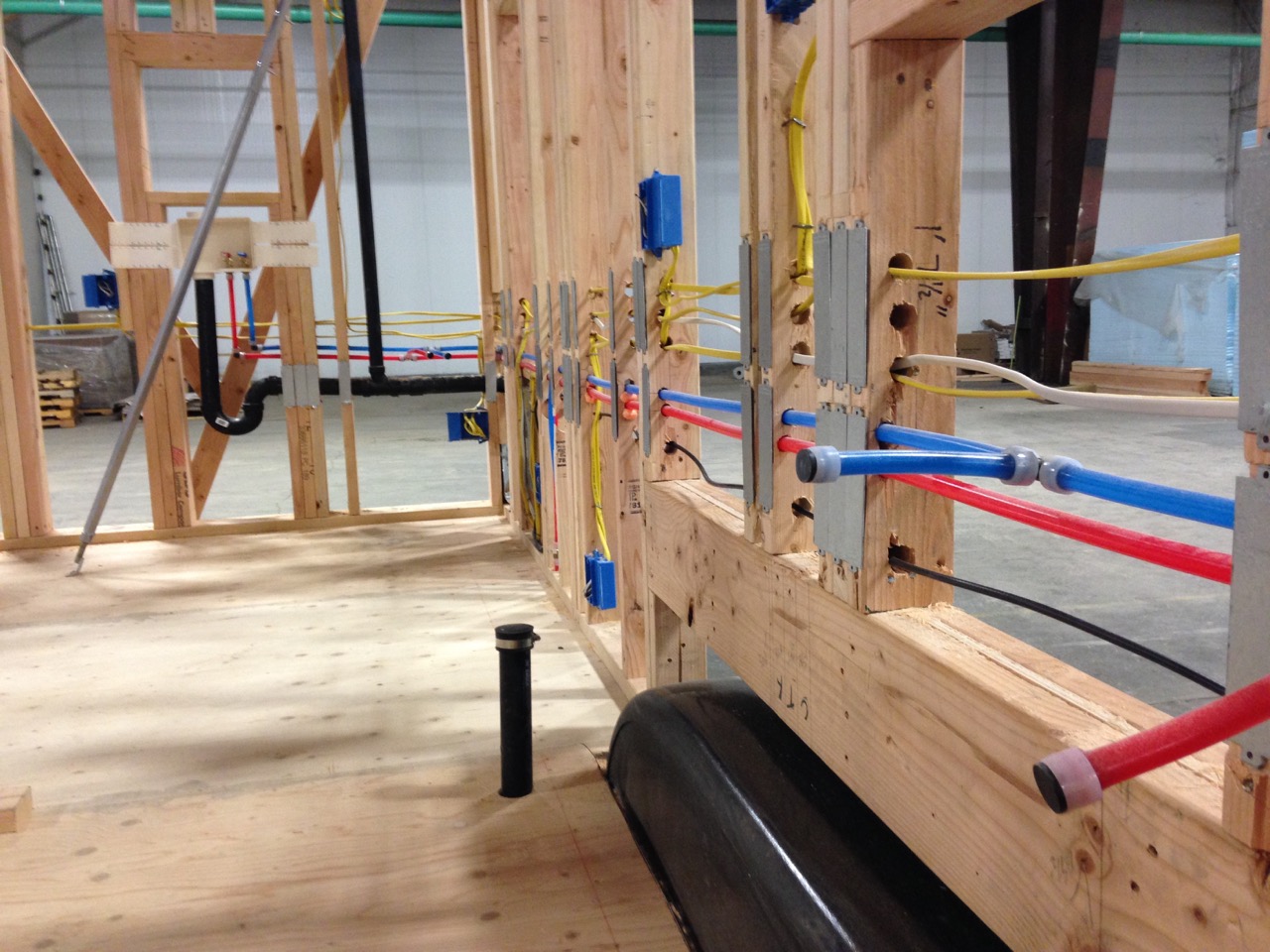
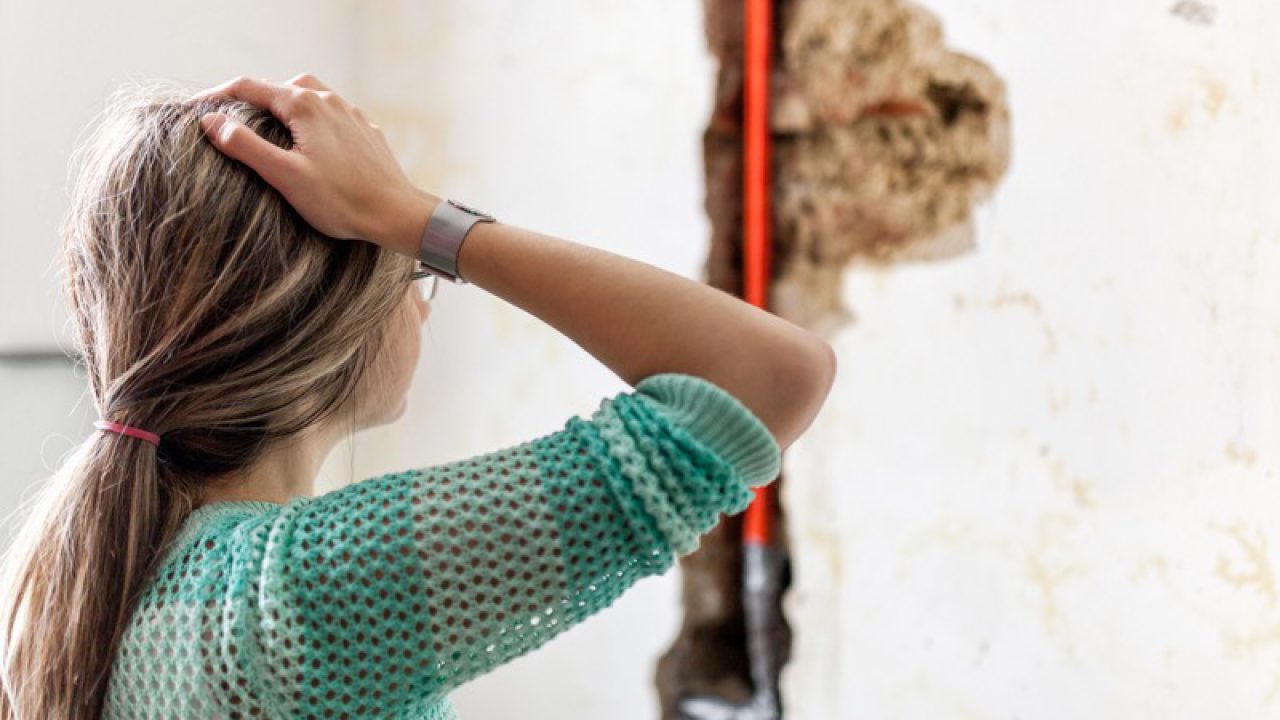
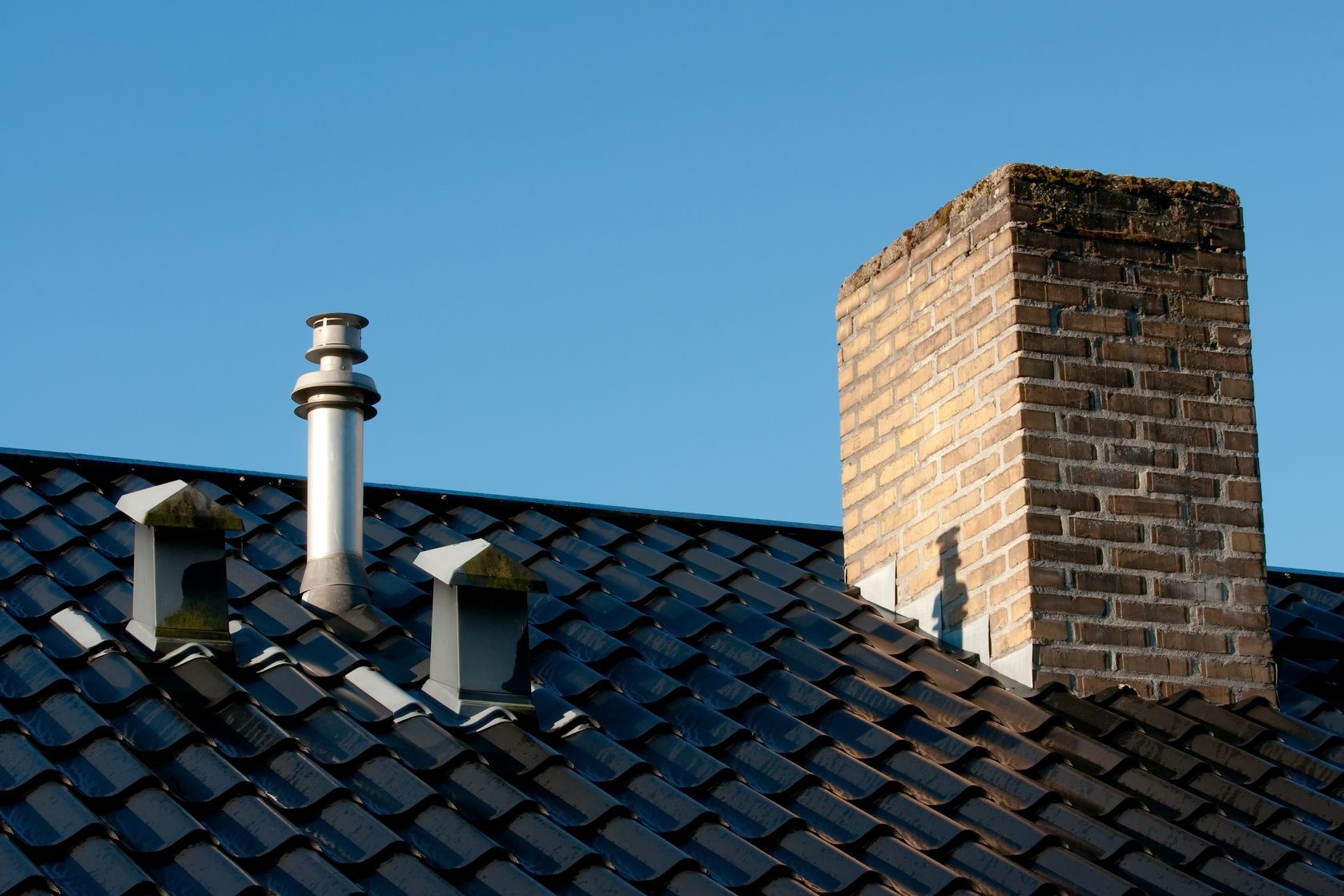
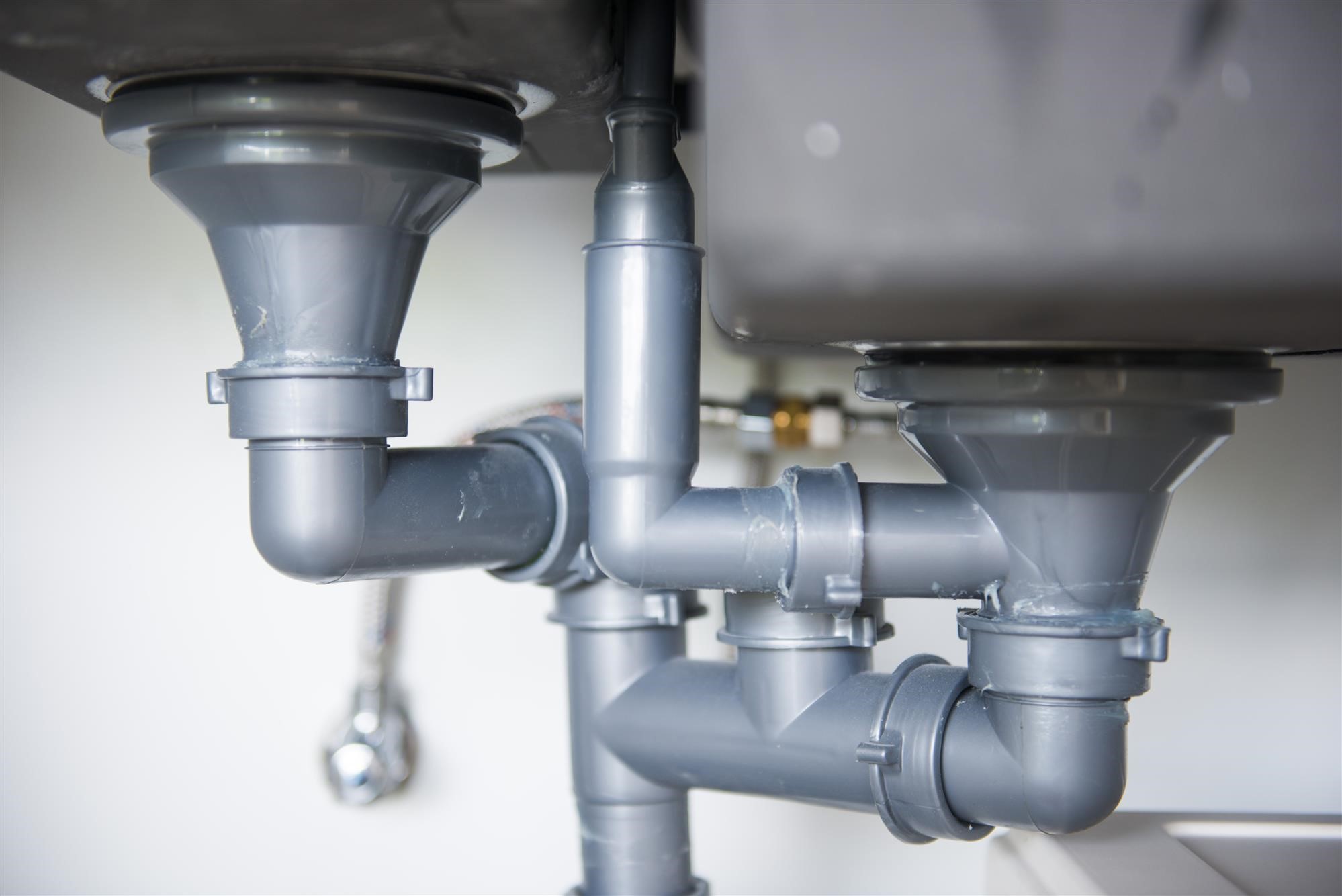
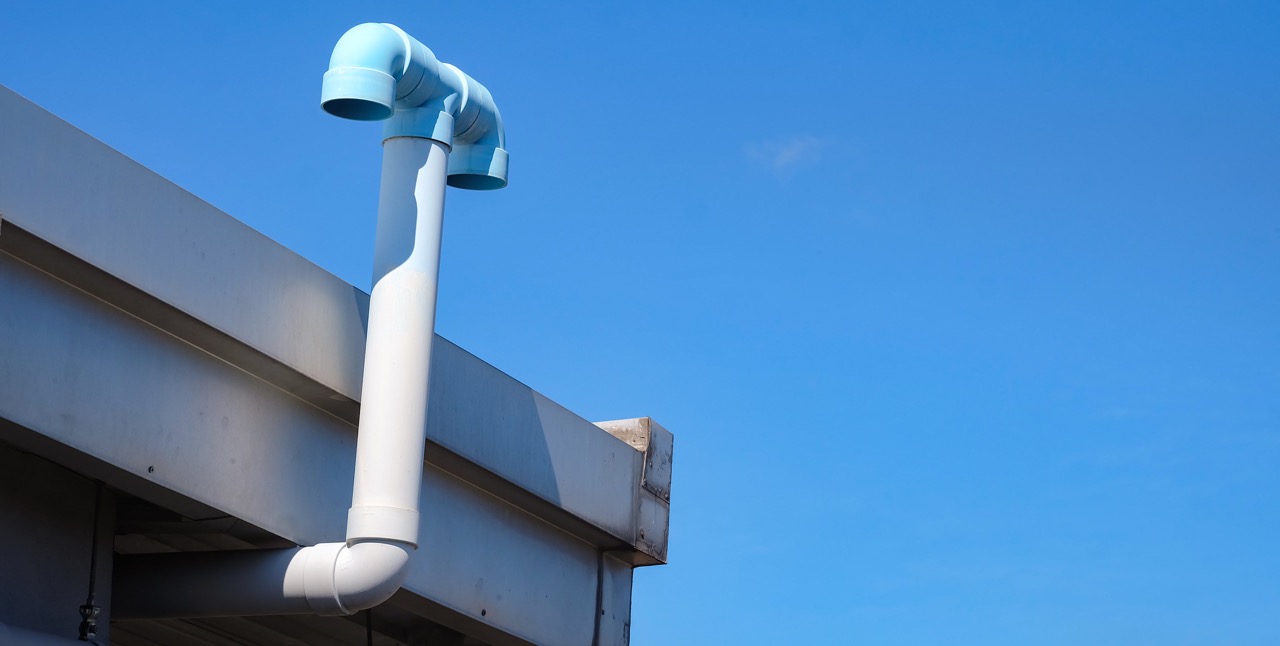
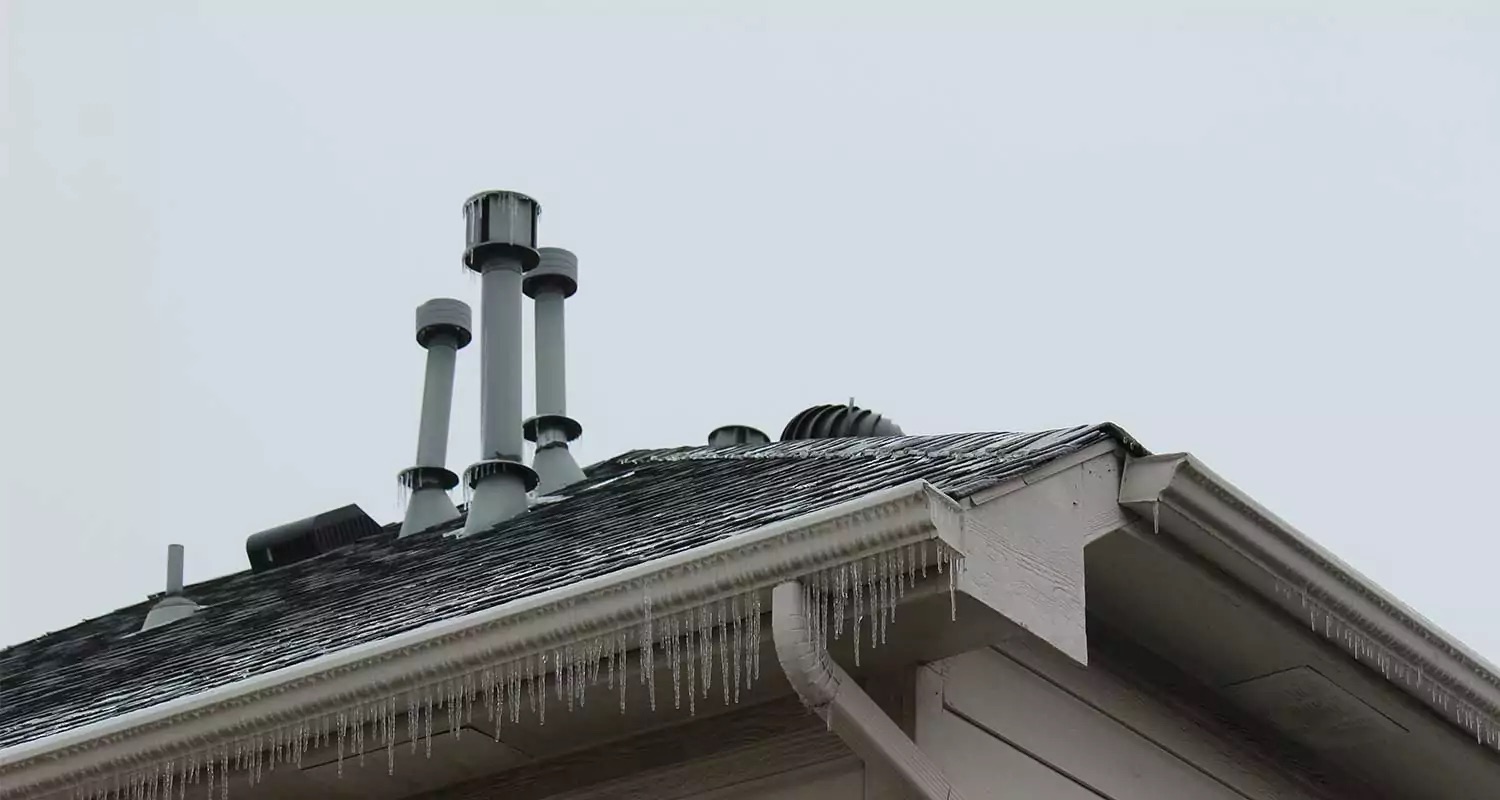
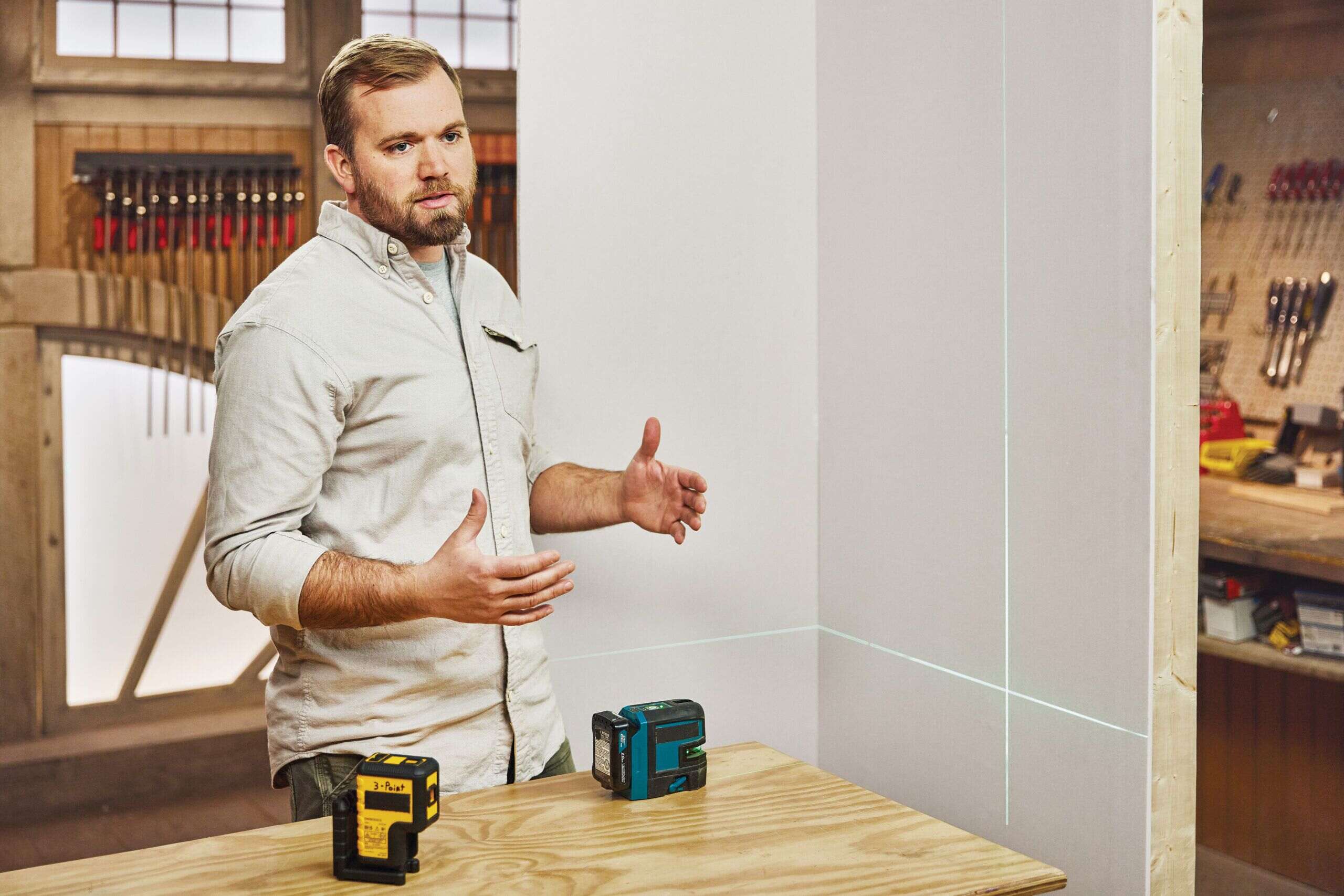
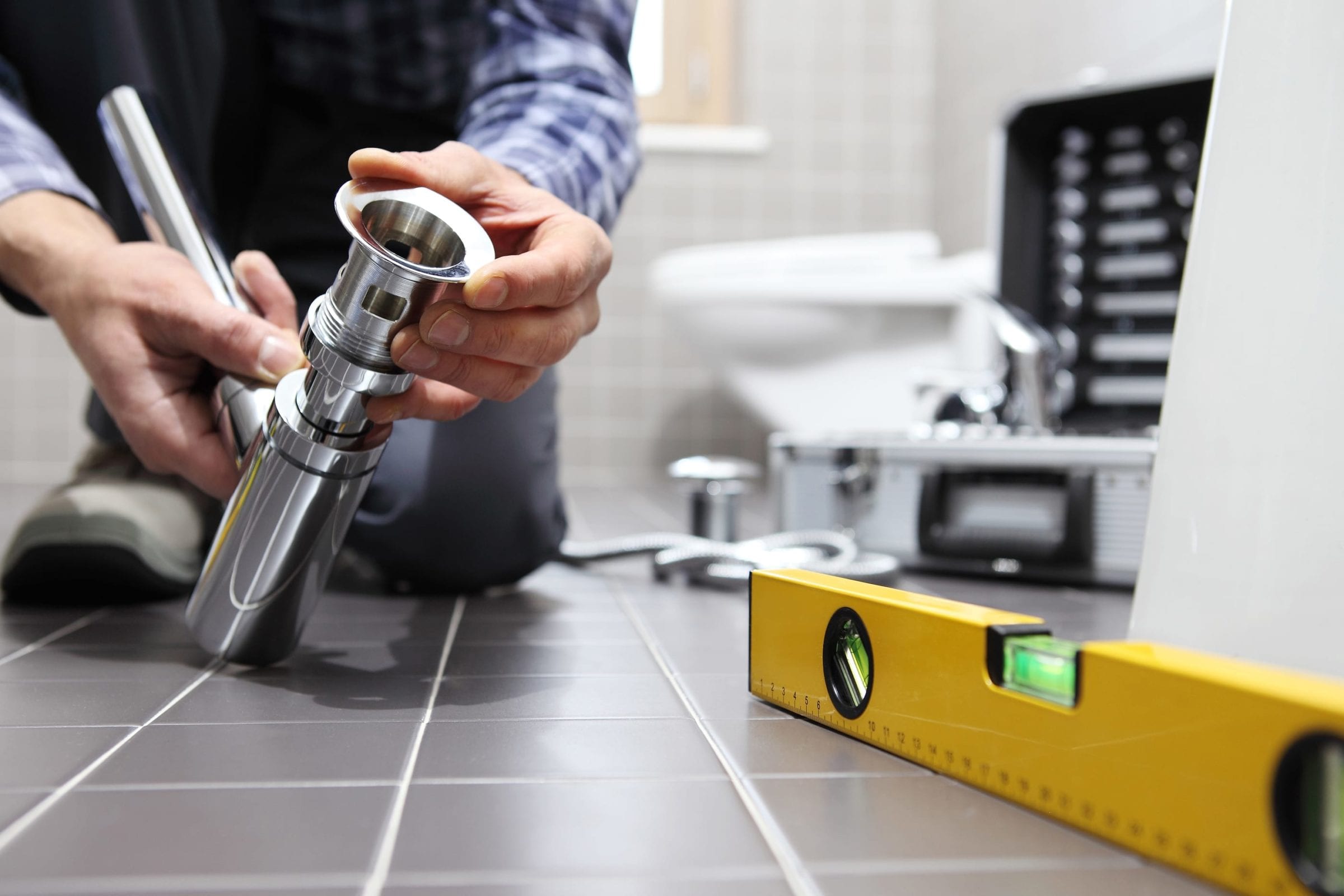
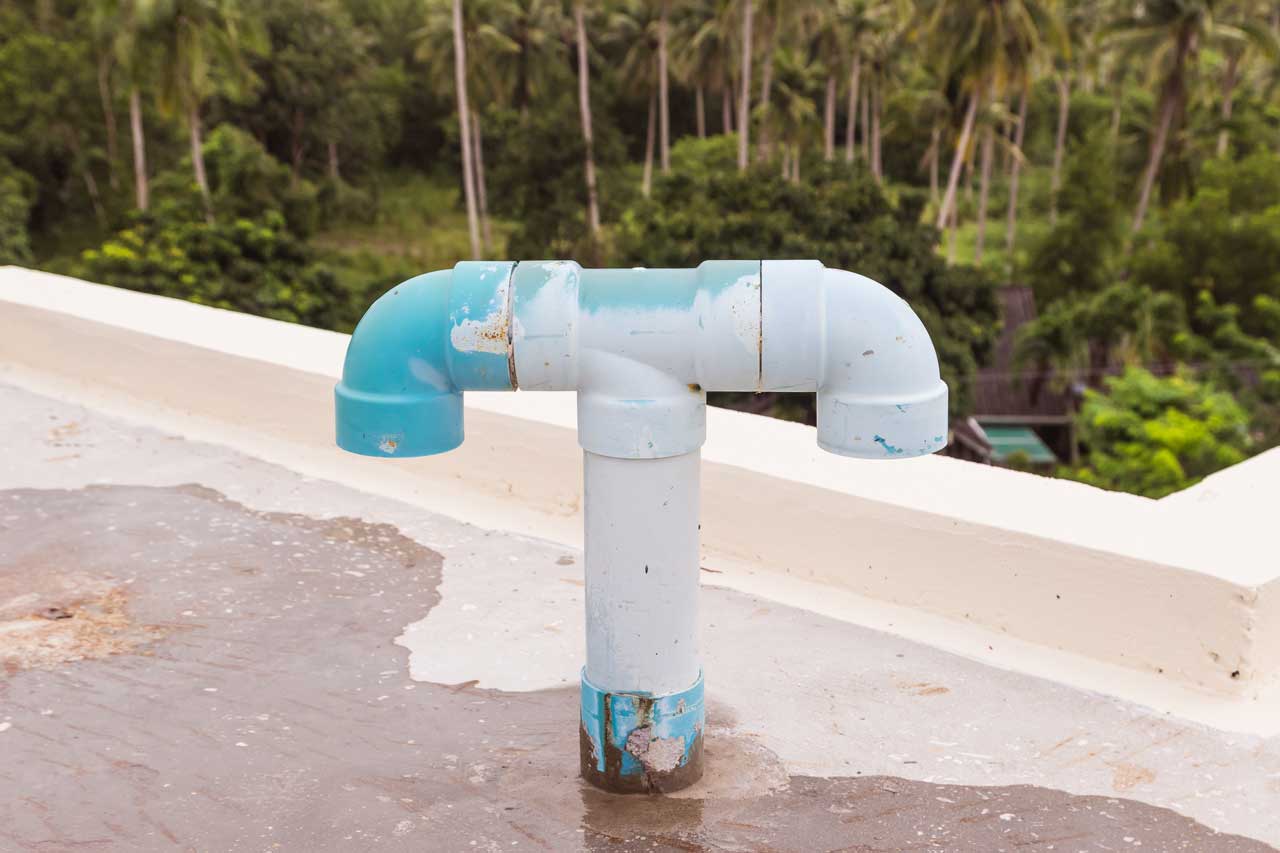
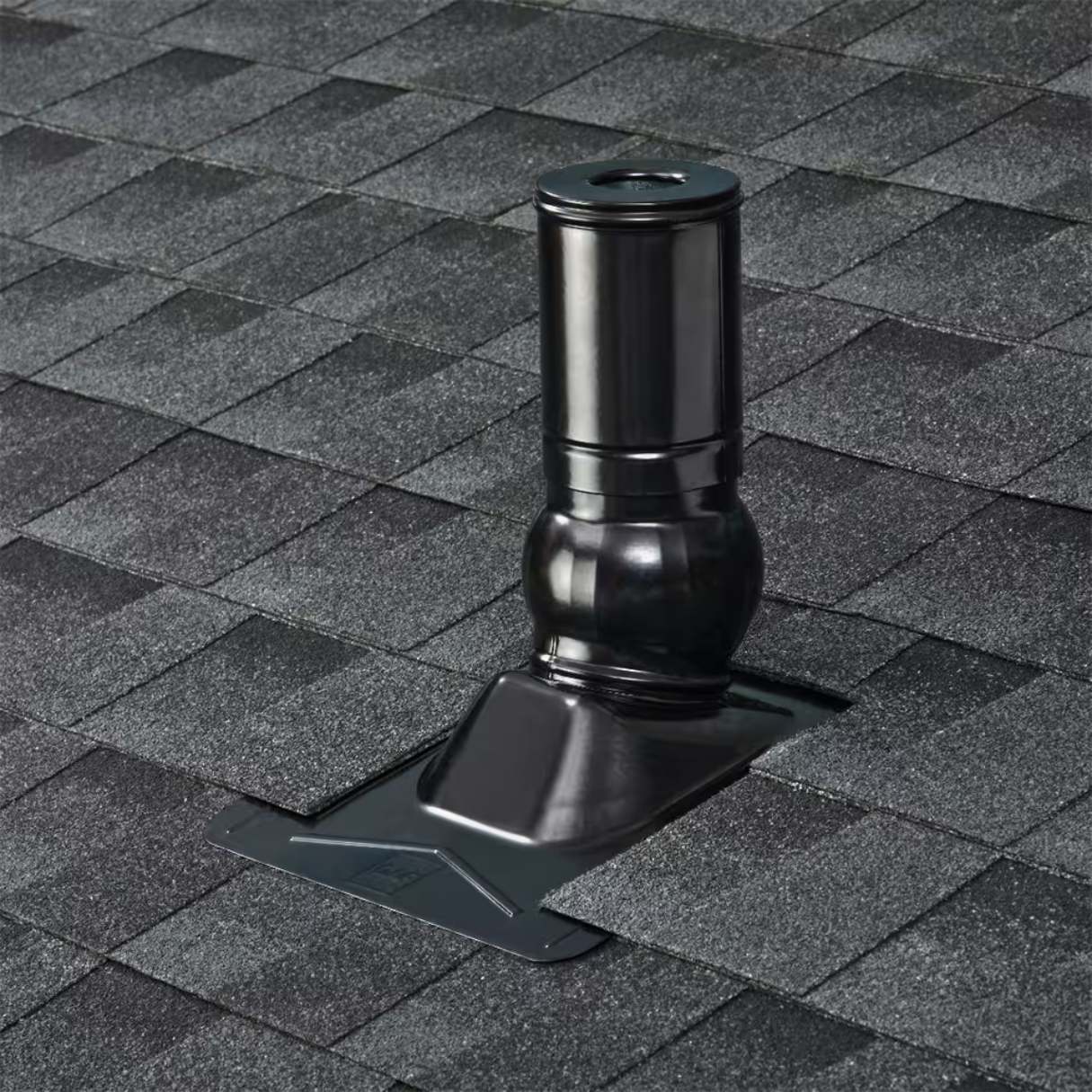

0 thoughts on “How Does Plumbing Venting Work”